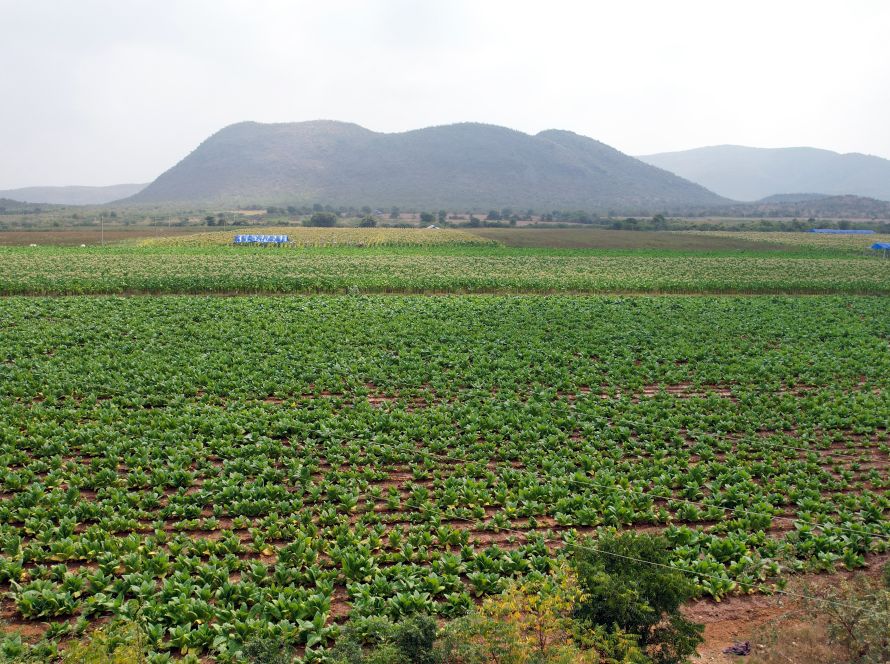Introduction
A traceable agricultural product is one that encompasses a narrative; not a marketing story, but rather verifiable, data-supported information. It indicates where the crop was cultivated, the methods employed, and the handling procedures post-harvest. Essentially, it delineates the product’s identity from its origin to the retail shelf.
For consumers, this translates into a sense of confidence. Understanding that a product is traceable implies that there is accountability. It empowers consumers with the clarity of knowing what they consume—understanding not just the product, but where and how it was sourced. It also provides a degree of assurance that if an issue arises such as contamination, mislabeling, or spoilage, there exists a method to trace the problem back to its source and prevent its recurrence. In a food system that is both extensive and susceptible, this type of security is not merely appreciated; it is increasingly anticipated.
Why Consumers Are Driving the Change
Consumer expectations are transforming the dynamics of global agri-trade. In high-value markets, traceability is increasingly becoming an essential requirement. This trend is associated with concerns regarding food safety, climate impact, fair labor practices, and the authenticity of sustainability claims. As awareness increases, buyers are beginning to inquire: What ingredients are in this product? Where did it originate? What conditions were involved in its production?
This change is not solely driven by regulators. Retailers, importers, and certification organizations are also voicing these inquiries. The demand extends beyond quality; it encompasses the necessity for proof of quality. Furthermore, this proof must be integrated within the product itself, facilitated by systems capable of verifying its origin, inputs, and handling.
Traceability Is Not a Technology — It’s a Network
The efficacy of traceability relies on more than devices and platforms. It hinges on coordination among growers, aggregators, processors, logistics providers, and exporters. A traceable product is not solely tagged or scanned; it is bolstered by an ecosystem that collectively commits to recording and sharing each phase of its journey.
For agricultural supply chains involving thousands of smallholders, realizing traceability necessitates alignment. This entails ensuring that various stakeholders, frequently in rural or resource-limited contexts, can provide precise and timely information. In the absence of collaboration, traceability collapses at its most vulnerable point.
Consumers may never witness this backend process. Yet, when traceability is effectively implemented, they reap the benefits of a system that has undergone testing and verification at every stage. The product they receive is not only certified, but also verified. This differentiation is becoming increasingly significant in global trade.
Traceability Builds Confidence, Not Just Compliance
While numerous regulations currently require traceability, particularly regarding deforestation, pesticide residues, and labor standards, its true strength resides in fostering trust. A traceable product indicates that a company is not only fulfilling the basic requirements but is also able to articulate its supply chain comprehensively. For consumers, this ability conveys significant meaning.
During times of uncertainty, such as product recalls or contamination incidents, traceability mitigates harm. It safeguards reputations. It facilitates quicker responses. However, even in standard trade, it gradually enhances credibility. Products that can be traced are more trustworthy, easier to verify, and more defensible under examination. In an era of increasing due diligence and heightened consumer expectations, this credibility is becoming a fundamental element of brand value.
Conclusion
Consumers today seek to make well-informed decisions. They aim to endorse ethical practices, minimize risk, and ensure that their purchases reflect their values. However, this can only be achieved if the necessary information is accessible and trustworthy. This is where the significance of traceability becomes paramount.
A product that is traceable provides more than just data; it instills confidence. In a complex and rapidly evolving global food system, it is confidence that distinguishes acceptable products from those that are truly exceptional. As trade continues to evolve towards greater transparency and consumer expectations escalate, traceability is poised to transform from a competitive edge into the baseline requirement for establishing trust.




